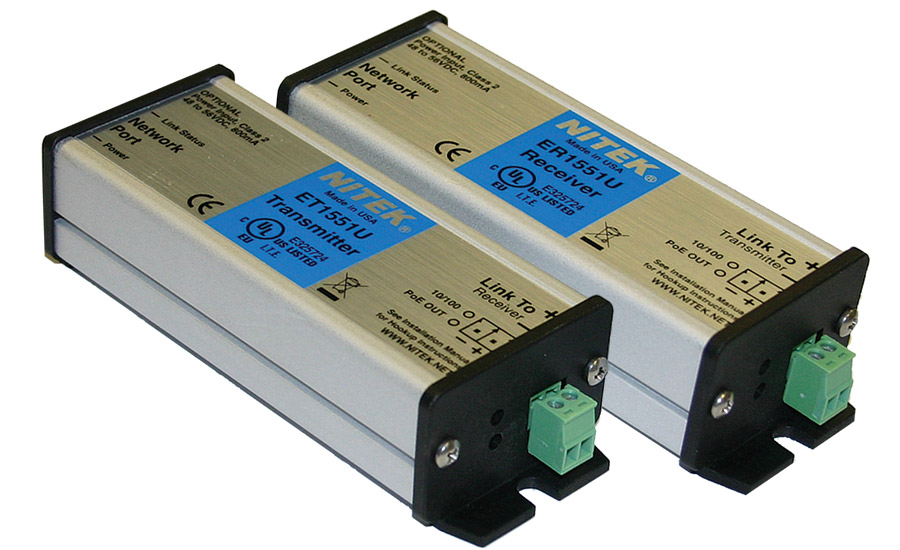I am rapidly approaching the 40-year mark of my employment and involvement in the electronic security industry. As I look back through those decades, one issue that has always baffled me and troubled our industry is “random” (i.e., not end-user caused) false alarms. A burglar or fire alarm activates for no apparent reason, and in many cases the cause of the false trigger cannot be solved even by experienced technicians.
After a brief stay at an installation company in 1977 I started working for Aritech in Atlanta which was both a manufacturer and distributor of alarm products. This company was noted for manufacturing ultrasonic motion detectors and systems, which at the time were the only reasonably priced devices that could provide volumetric motion detection.
One of my duties at Aritech was to process the considerable volume of returned products we received from our dealer customers. My job was to remove the circuit boards from motion detectors, tag them with an identification number, and ship them back to the factory for test and/or repair.
In the majority of cases the dealers would put stickers that said “false alarms” on the returned motion detectors. Ultrasonic motion detectors did have some inherent problems with false triggering when HVAC systems cycled in a client’s building. Based on the manufacturer, some ultrasonics would trigger from nearby RFI and EMI. So in many instances the factory could not find any defect in a returned detector; therefore, the random false alarm activations would seem to be related to the installation environment or other factors. Probably 95 percent of the motion devices returned to us tested OK at the factory.
One of our service areas was Florida. Quite often when I would crack into a returned detector from Florida I would recoil as a few (or many) cockroaches jumped out of the device. No wonder it false alarmed. The devices have ample sized openings for bringing in the power and alarm circuit wiring, which could also be used as an easy entry for insects. It seems that insects love to get into electronics due to their warmth and the fact that they make convenient places for bugs to reside. To combat this problem we started telling our dealers to cut pieces of Shell No-Pest strips and glue them into the housings to repel the bugs.
When working with another distributor in the mid-1980s, I was told about another bug-related false alarm situation involving system smoke detectors. After repeated attempts to stop the random false fire alarms the manufacturer discovered that the detectors’ mesh screen that allowed the entry of air and potentially smoke particles into the chamber had holes large enough for very small spiders to enter the device and spin their webs. Changing to a smaller sized mesh seemed to solve the problem.
So let’s look at how things are today. Earlier this year I was visiting with Chad Szekeres of Nitek, which manufactures IP connectivity devices right here in beautiful Chicagoland. Chad pulled out one of his competitor’s products which had been randomly failing. Eddy Lewis, one of the smartest people in our industry, works for Vector Security which had installed the device. He discovered that a spider or two had invaded the device and was likely the cause of the problems.
Now I have looked inside devices such as older desktop computers in which every surface is covered with various amounts of dust and debris but the computer is still working. So it would seem that a random bug or two getting into an alarm device shouldn’t be a major cause of random product malfunctions.
While contemplating these issues I was reading my Kindle (that I stole from my wife Joan) and a tiny spider crawled across the screen. After mashing him flat I decided it was time to try to solve the bugs/false alarms riddle.
A quick search on the Internet revealed that spiderweb material is electrostatic and can carry small amounts of electrical current. This phenomenon was researched by Mr. Fritz Vollrath of Oxford University and published in the Naturwissenschaftenjournal. You can read the synopsis of this research at www.iflscience.com/plants-and-
animals/spiders-use-electricity-catch-prey-and-airborne-particulates. Apparently spiders use electricity to help them detect that some prey has entered their web. A spiderweb within an electronic device could likely produce random improper connections between components on a circuit board, and false activations or device failures can be the result.
So perhaps many of the hundreds of thousands of mysterious random false alarms that have occurred in the past 50 years, and have to some extent soiled our industry in terms of customer and public safety confidence in our systems, were created by little teeny spiders weaving their electrical mayhem within detection devices.
A few manufacturers are providing products adequately sealed against insect invasion. For example Nitek devices are enclosed in NEMA-rated housings, effectively sealing them for bug intrusions.
So the next time you have a “random” false alarm problem, it’s time to crack open the device and check for bugs — they may well be the cause of the problem.



